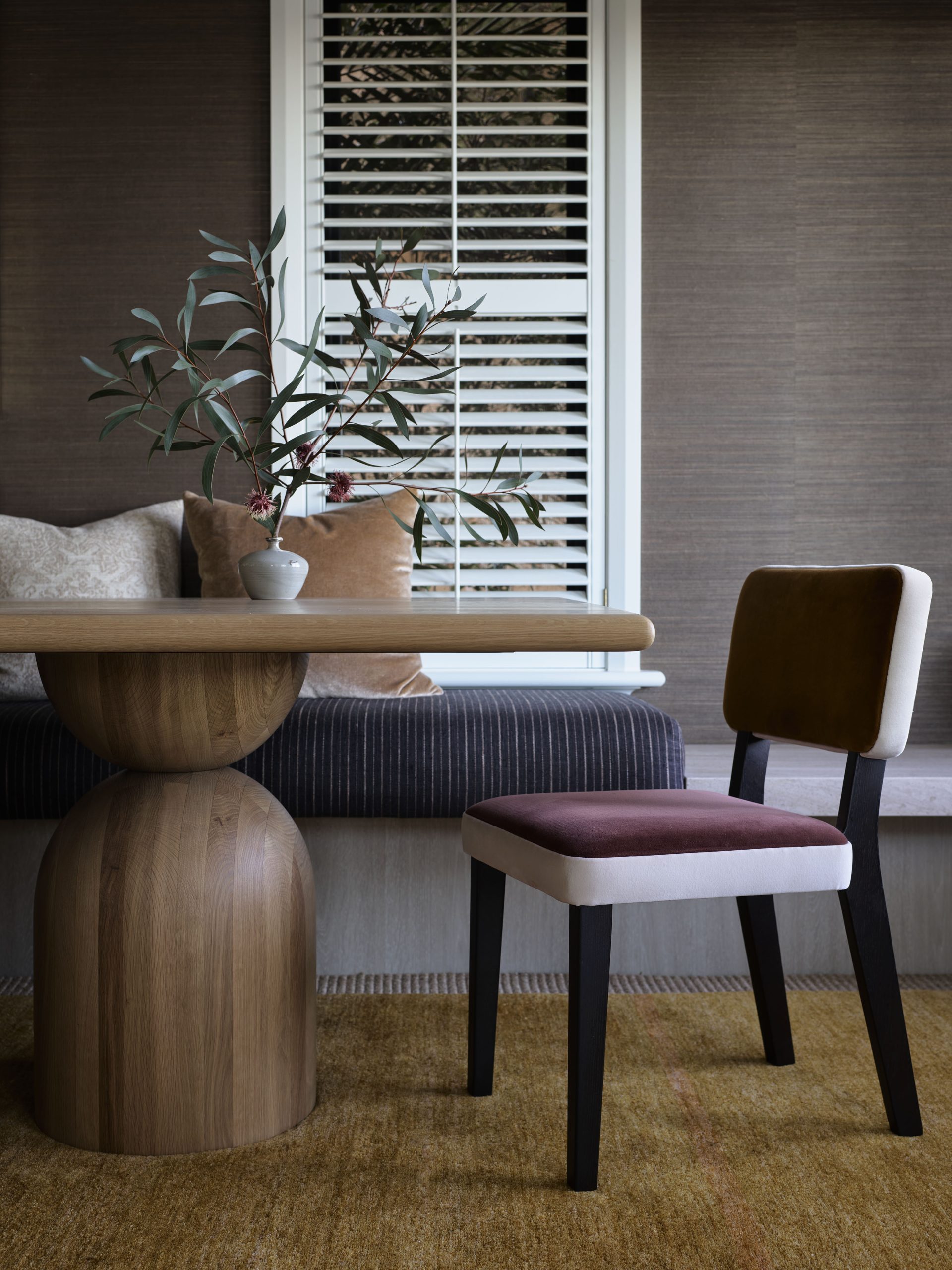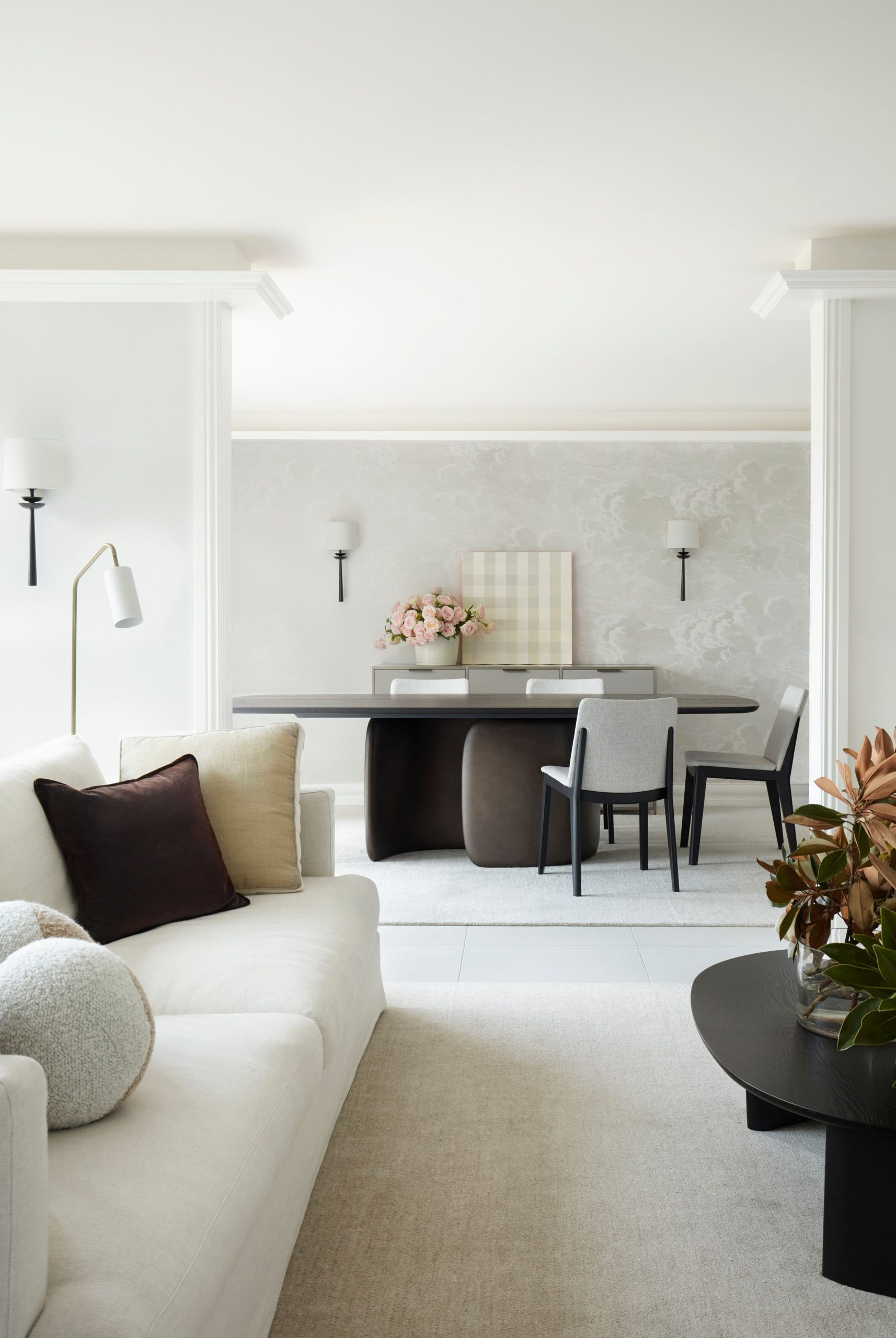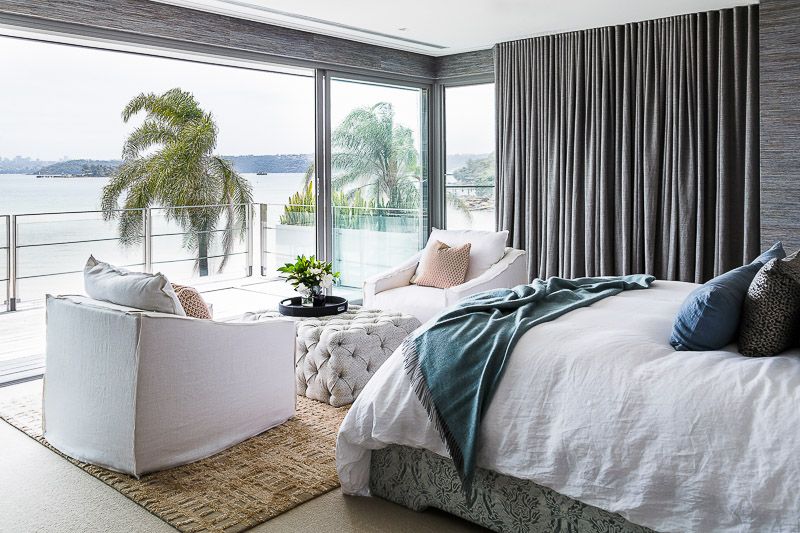I published a blog last year about planning your budget for interior design, which I am going to revisit today in 2023. When working with an interior designer, for both you (the client) and the designer, it is important to set a budget or a total cost, appropriate for your project. Imagining and deciding on a budget may be easier said than done. For those of you who are unsure how to budget for interior design, today I’m going to explain my preference for how to forecast a budget or cost of a project.
What’s your wish list?
Rather than ask my clients for their budget, I ask them for their ‘wish list’. What do they truly want as an outcome of this design project? I’ve been an interior designer for over thirty years. My team and I work with clients all year; designing, planning, procuring and delivering our clients’ spaces that have been transformed with our expert technique. When I am in the discovery process with a new client during our initial consultation, I mentally reference our current or recent projects, being able to provide estimations and assumptions founded on actual real-time experience. But that still doesn’t leave you with your final budget, just an idea, an educated guess. We can take the guesswork out of it.
Creating a Client’s Wish List
At Marylou Sobel Interior Design, we leave nothing to chance. During our refined design process, we can create your dream home, and present this to you down to every final detail (and cost). During our design presentation, you will be presented with not only the final design proposals, grandly supported by trays of beautiful fabrics, samples of quality finishes, textures and colours to name a few but a complete inventory of associated costs.
Some clients aren’t sure how much their budget should be, so are looking for professional guidance in terms of approximate costs for the scope of their design. Other clients already have a budget in mind. Those who have a budget in mind are sometimes surprised when I confront them with the total cost of their ideal design.
Create your ‘wish list’ and you can then work from there. Where are the hidden costs you may not have considered? (more about that shortly). Are all elements of the design completely necessary to achieve your ideal outcome, or can you make some adjustments here and there?

Interior design budget – the hidden costs
Even with thorough, systematic planning, once you start a project there are often hidden tasks that need to be taken care of, that should have been accounted for in the budget. For example, renovating an older home will often require additional rewiring or plumbing work. Flooring may need to be levelled to make way for new finishes. If a home doesn’t have a current plan, a surveyor should be employed to measure the exact dimensions for accuracy when designing. All things that we consider when we are designing for our clients, and include within our costs.
Hidden cost – surveyors aren’t the only additional professionals that may need to be involved. We often consult with landscape architects and lighting specialists as a couple of examples, bringing so much added value to the overall completed design.
Your budget isn’t allocated simply to what you see as the finished space: it’s getting everything you see into the perfect position and functioning effortlessly. This isn’t always simple, and there is always certainly more than meets the eye.
My advice to everybody when budgeting for and buying furniture, in particular, is to ‘buy once, buy right’.

Hidden cost – sometimes you don’t realise how much high-end, quality, timeless furniture may cost, or how much you actually have to invest in your home. A room alone has a lot of elements to it. Not only are you filling the space, but you are also dressing the floors (rugs for example), or the walls with art, illuminating with a sconce or a lamp on a side table and then completing with curtains/blinds for windows, which all contribute to creating a unique home for that client.
And finally, have you considered the additional cost of working with an interior designer for your project? This should also be factored into your budget and is often something clients don’t always consider. An interior designer (MSID) views the project as a whole, not designing in isolation or approaching one room/space at a time. By designing this way there is cohesion in the end result that is easy on the eye. The finished home appears effortless when actually there is so much thought and detail behind the scenes.
Why working with an interior designer can maximise your budget
Your time is valuable, and so is mine. It takes time to design a space, source for your design, organise tradespeople, and deal with financial planning and management. Is this how you want to spend your own free time? Although designing a home is a wonderful experience that I love and feel very lucky to be doing every day, there is a lot that happens behind the scenes that most people don’t have any insight into and therefore don’t realise how it can potentially impact their lives.
Even those who are confident in what finishes they would like, their taste in soft furnishings or an eye for effective lighting, don’t realise the importance of the designer’s role in creating a high-end quality finish that will last for many years to come, right down to the little details. That’s why that first consultation to develop a detailed client brief is vital, to take exactly what you want to achieve, and produce a design that will surpass your expectations, including items you may never have even considered before.
But how can working with an interior designer maximise your budget? Well aside from saving countless hours of your own valuable time, we also ensure that our own time is well spent. With years of experience in the industry, an interior designer has already established amazing vendors to procure perfect items from, without having to spend hours researching (and sometimes gets a special discount). An interior designer works with tradespeople regularly, ensuring not only quality (so work is done right the first time), but the long-standing relationships save time on their own, as they have a clear understanding of what we want before we even ask.
So although yes, you are paying an interior designer a fee to design your home, we offer so much more. Confidence that you will love your design once it has been completed (and won’t be disappointed with the final result). Peace of mind that you are getting the highest quality products and finishes. Reassurance that your project installation is running smoothly and is on track. And the ability to enjoy the process, rather than endure the stress that can turn what started as something quite meaningful and romantic, into a chore that you resent. But you’re still involved at every step of the way.
If you are struggling with defining a budget, have your own ‘wish list’ in mind or have a budget and would like a professional opinion, please reach out we would love to hear from you.








0 Comments